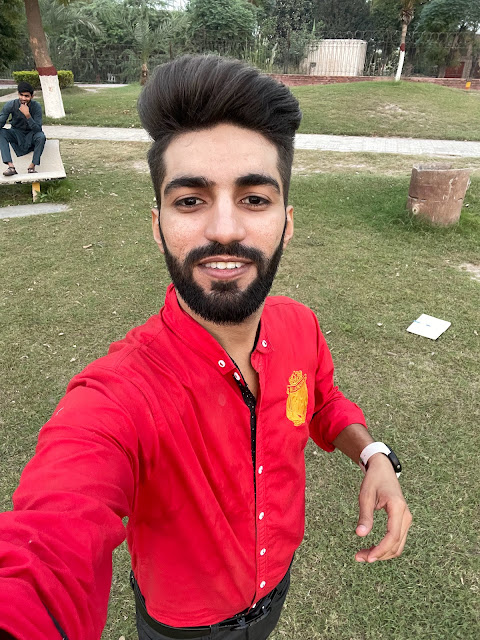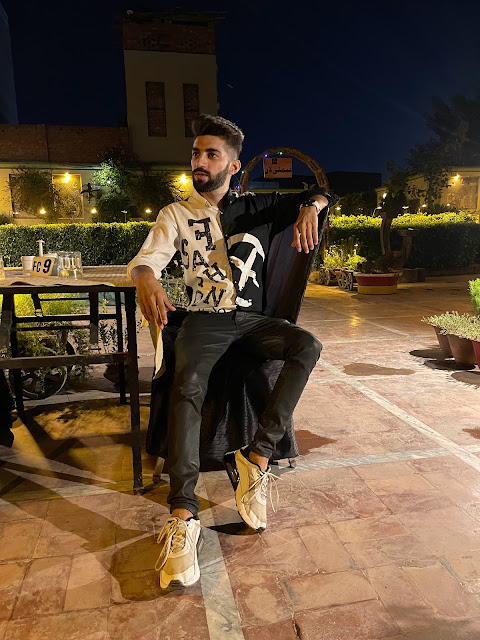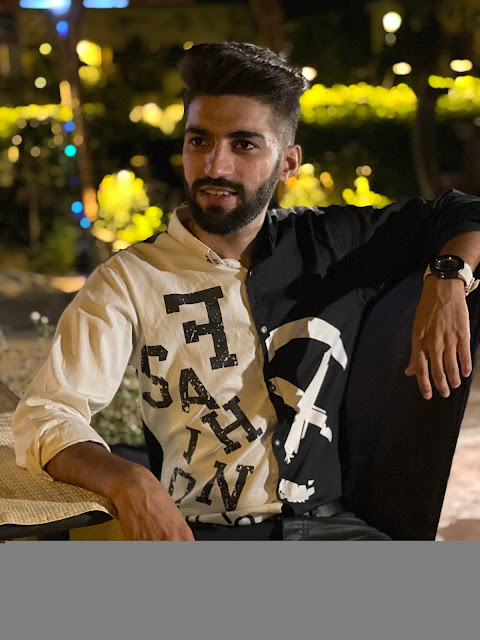Here are the main differences between these models. First, simple: the iPhone 12 has a dual rear camera setting, with wide-angle (f / 1.6) and Ultra-wide lenses (f / 2.4), both of which have 12MP sensors.
The iPhone 12 Pro has a three-camera system, as wide and wide as the iPhone 12, but also with a 2x (f / 2.0) 12MP telephoto camera.
When it comes to standard processing, almost everything is the same here. Apple's Deep Fusion technology makes for clearer shots, Smart HDR 3 works wonders with exposure, tools like Night Mode work in a much wider and more comprehensive way in both, and the overall image quality is excellent.
Day Light Test
The iPhone 12 Pro system offers more flexibility not only in zoom (naturally), but also in Portrait mode, as it makes the shots look as good as you can take and selects a dedicated camera lens, allowing you to stand still. remotely and distorts features slightly. 12 Pro also includes Night Mode in Portrait Mode (multiple modes), which can help you get the best shots you would otherwise have.
The iPhone 12 incorporates only OIS into its wide-angle lens, while the iPhone 12 Pro integrates with Ultra-wide as well. And another bonus of the iPhone 12 Pro in low light is the installation of LiDAR sensor, which means that autofocus in dark conditions is incredibly fast - it could be a reason to hold a good shot before the minute is over.
Then there’s the big one: ProRaw. This is Apple's custom-built format that offers the best of both worlds when it comes to telephony. It is a raw format that combines the processing of Apple systems such as Deep Fusion and Smart HDR so that exposure and focus can be as good as possible (as the phone gives the user limited control of this), but still exposes - harmfully turning the image into your heart content.
indoor Test
Change colors completely, save near dark areas or drag clouds into the white sky… all the flexibility you expect is here. It’s a game-changing feature, mixing the usability of the phone, Apple’s processing quality and green creative power, and it already results in some amazing images.
It's time for another cameo from the iPhone 12 Pro Max here! This enhances the camera game from the iPhone 12 Pro and above, with two major changes: a 40% (!) Large sensor on a wide-angle camera, and sensor-shift stability. That means more light in the sensor, and shots are stabilized within that light - combined with ProRaw, we're talking about the potential for unparalleled flexible power across the phone.
The change in sensor size also changes the zoom range, so the tele on the iPhone 12 Pro Max is actually
2.5x compared to the wide lens, which is another nice change.
Night Photography Test
Everything is easier when you talk about the front camera. In all cases, the 12MP f / 2.2 story, which supports video up to 4K 60fps.
Video is also easy on all rear cameras - all iPhone 12 offers 4K recording at up to 60fps, or 1080p up to 240fps. The biggest trick this year is to re-record Dolby Vision HDR, which makes the video look amazing on a phone screen that supports Dolby equally, which is a huge dynamic distance on the scenes. For professionals, the video is recorded using HLG, and then converted to Dolby Vision when it saves, without any delay at all. It is basically a great variable for Apple processors.
Too bad it is not yet easy to share videos on Dolby Vision from your phone to another location. Easy to share HDR, but not really Dolby Vision. Even sharing clips with Final Cut Pro results in HLG export capability. There is an amazing creative tool here, but it sounds a bit confusing, though support for HDR is still a big step.















